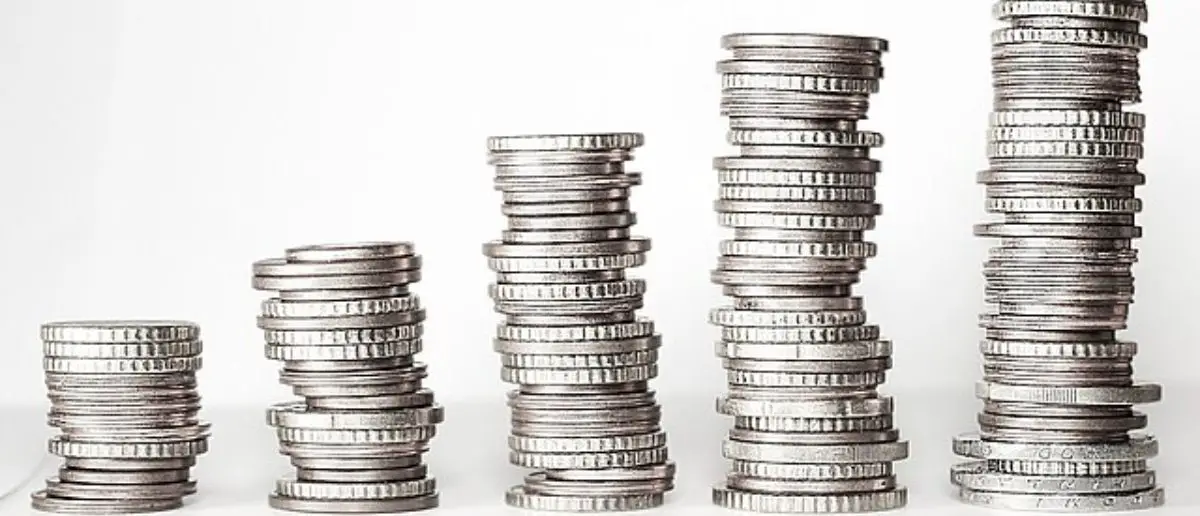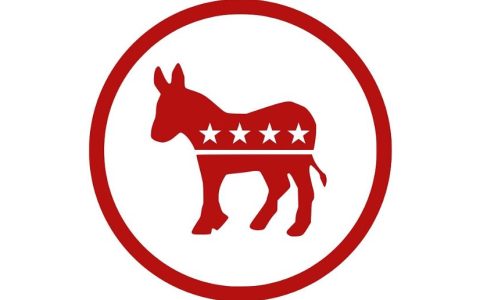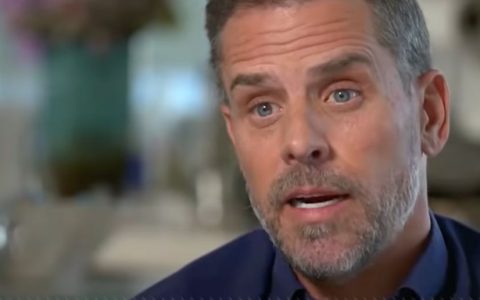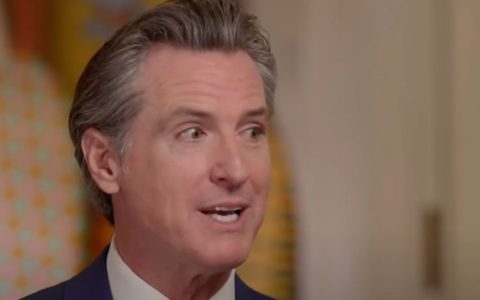
Donald Trump’s critics think he’s actually easy to manipulate. Nothing could be further from the truth.
Because President Trump just played a brilliant 4D chess move you’ll never believe was possible.
Trump’s Middle East Trip Isolates Iran In Brilliant Chess Move
In the waning days of President Donald Trump’s Middle East tour, a seismic shift unfolded. Iran, long a regional provocateur, found itself sidelined as its allies pivoted toward Washington. Tehran’s allies—Syria, Qatar, and others—rolled out the red carpet for Trump, hosting lavish receptions and committing to $1.2 trillion in U.S. investments. These moves signal a growing Arab-Israeli-U.S. alliance, leaving Iran isolated. The momentum of this diplomatic offensive culminated in a stunning development: Iran signaled willingness to negotiate.
On Thursday, Ali Shamkhani, a senior Iranian official, announced Tehran’s readiness to strike a deal with Trump. “His country is ready to make a deal with Trump,” Shamkhani stated, proposing Iran would forswear nuclear weapons and dismantle its stockpile in exchange for lifting devastating sanctions. This capitulation reverberated globally, marking a potential turning point in U.S.-Iran relations.
The announcement stunned lawmakers in Washington. “I don’t think that they bent. I think that they folded,” Rep. Brad Knott, R-N.C., a member of the House Homeland Security Committee, told Just the News. “President Trump came in. He immediately put diplomatic pressure. He immediately put financial pressure, and he basically had two barrels loaded, metaphorically, of course, at the Iranian regime, and said, ‘you can roll the dice, but you’re not going to have a country left, and you’re not going to have any ability to survive this if you keep playing this game.’”
Trump’s strategy hinges on isolating Iran while forging peace through economic and diplomatic incentives. His vision builds on the Abraham Accords, aiming to expand the coalition of nations committed to stability and countering Iran’s nuclear and terrorist activities. This approach contrasts sharply with decades of U.S. military overreach, prioritizing deal-making over nation-building.
During his visit to Saudi Arabia, Trump was greeted as a near-royal figure. The mutual respect between him and Crown Prince Mohammed bin Salman was palpable. Addressing a Saudi investment forum, Trump hailed the kingdom’s development boom as a “modern miracle the Arabian way,” emphasizing his commitment to partnerships rooted in mutual benefit rather than U.S. imposition. He also nodded to the enduring U.S.-Saudi relationship, dating back to President Franklin Roosevelt’s 1945 meeting with King Abdulaziz.
The Saudi visit yielded tangible results: a $142 billion defense sales agreement, bilateral pacts in energy, mining, and security, and a $600 billion investment commitment over four years. Qatar, too, bolstered U.S. industry with a $200 billion order for Boeing jets, a lifeline for the struggling aerospace giant. These economic victories highlight Trump’s ability to leverage diplomacy for American prosperity.
Yet, the trip’s most audacious move came at the Saudi investment forum, where Trump announced the lifting of sanctions on Syria. “After discussing the situation in Syria with the Crown Prince, your Crown Prince, and also with President Erdogan of Turkey…I will be ordering the cessation of sanctions against Syria in order to give them a chance at greatness,” he told the audience. This decision, part of a strategy to isolate Iran, aims to draw Syria into the U.S. orbit.
Trump expressed empathy for Syria’s suffering: “In Syria, which has seen so much misery and death, there is a new government that will hopefully succeed in stabilizing the country and keeping peace. That’s what we want to see in Syria. They’ve had their share of travesty, war, k*lling, many years.” He noted his administration’s steps toward normalizing U.S.-Syria relations, a first in over a decade.
Syria’s new interim president, Ahmed al-Sharaa, appointed after Bashir al-Assad’s ouster in December 2024, met privately with Trump—the first such meeting in 25 years. Trump laid out five conditions for sustained sanctions relief, including Syria’s recognition of Israel via the Abraham Accords, expulsion of foreign terrorists, deportation of Palestinian militants, and efforts to curb ISIS. These terms position Syria as a counterweight to Iran.
Trump’s diplomacy extended to Lebanon, where he dangled incentives to sever ties with Iran and Hezbollah. “Lebanon, which has been endlessly victimized by Hezbollah and their sponsor, Iran, a new president and prime minister brought the first real chance in decades for a more productive partnership with the United States,” he said. Following Hezbollah’s losses and the death of leader Hassan Nasrallah, Lebanon’s new president, General Joseph Aoun, assumed power on January 9, 2025, with U.S. backing.
Trump’s vision for Lebanon is optimistic: “My administration stands ready to help Lebanon create a future of economic development and peace with its neighbors. You have tremendous people in Lebanon: doctors, lawyers, great professional people. I hear it so many times.” This outreach aims to capitalize on Lebanon’s leadership transition to weaken Iran’s regional influence.
Rep. Marlin Stutzman, R-Ind., sees a historic opportunity. Speaking on Just The News, No Noise, he called Trump’s Middle East push a “once in a generation” chance to expel Iran’s violent proxies. “Lebanon has the same problem, and Hezbollah has been pushed out,” he said. “President al Sharaal from Syria, he even takes some of the credit for that. He said that he had pushed out Hezbollah, and also pushed out the Iranians out of Syria, and Lebanon seems to be on a good track.”
In a meeting with Canadian Prime Minister Mark Carney, he revealed the Houthis’ willingness to halt attacks on Red Sea shipping, prompting a U.S. pause in Yemen airstrikes under an Oman-mediated ceasefire. This development further tightened the diplomatic noose around Iran.
Dr. Walid Phares, a former Trump advisor on national security and the Middle East, praised the president’s approach. “When he [Trump] has Saudi Arabia, Bahrain, UAE, Qatar and obviously other nations who deal with Iran, who are afraid of Iran as a regime. Obviously, when I say Iran, I mean the Islamic regime. That’s a huge success. That’s the pressure,” Phares said. This coalition amplifies Trump’s leverage over Tehran.
Knott, the North Carolina congressman, expressed cautious optimism about a potential Iran deal. “We must trust and verify,” he said. “But again, I’m very encouraged that the Iranian people and the Iranian government especially seem to be coming around and willing to disembark on this dangerous path.” His emphasis on verification reflects a pragmatic approach to ensuring Iran’s compliance.
Trump’s Middle East tour has redefined U.S. engagement in the region. By prioritizing economic partnerships, strategic alliances, and targeted pressure on Iran, his administration has sidestepped the quagmires of past interventions. The prospect of a nuclear-free Iran, coupled with expanded Abraham Accords, signals a new era of American-led diplomacy.
The region, long defined by conflict, now faces a choice: align with Trump’s vision of prosperity and peace or cling to the destabilizing ambitions of an increasingly isolated Iran. As nations like Syria, Lebanon, and Saudi Arabia embrace Washington’s outstretched hand, the momentum for a transformed Middle East grows stronger.
Stay tuned to the DC Daily Journal.





